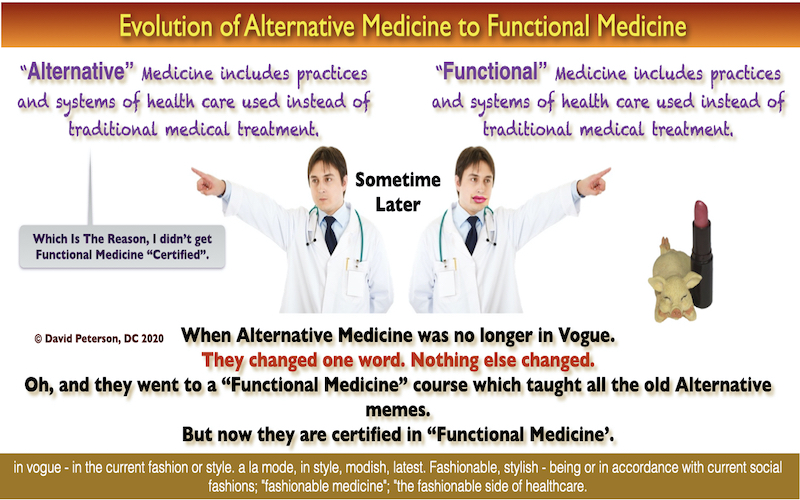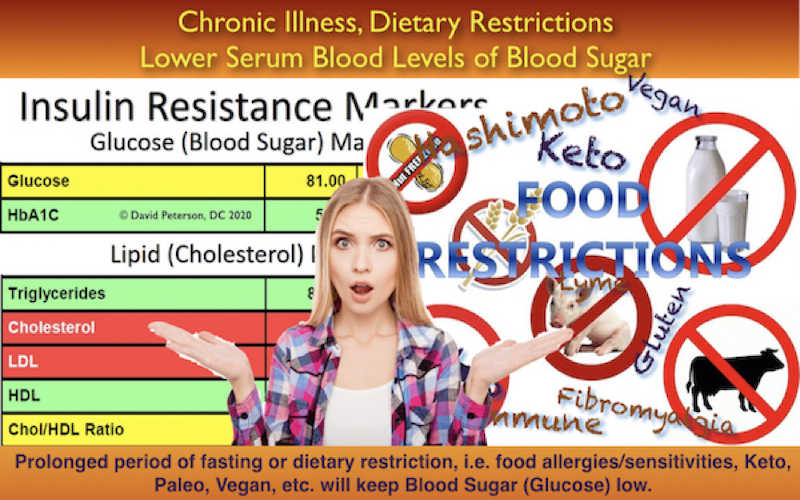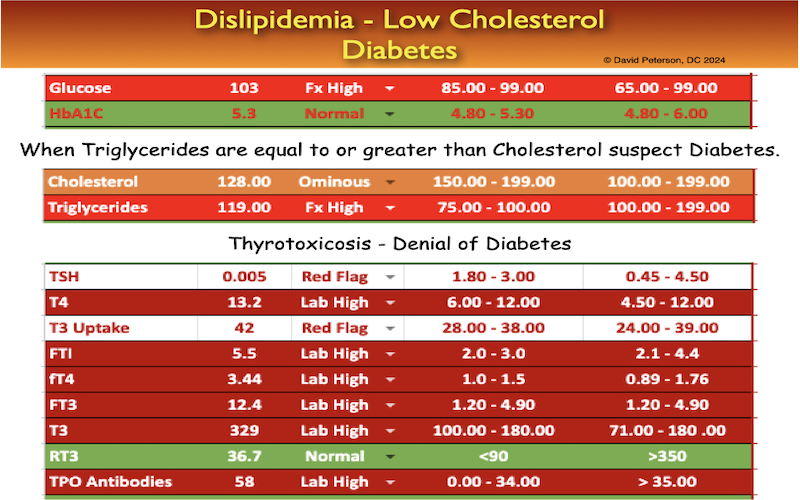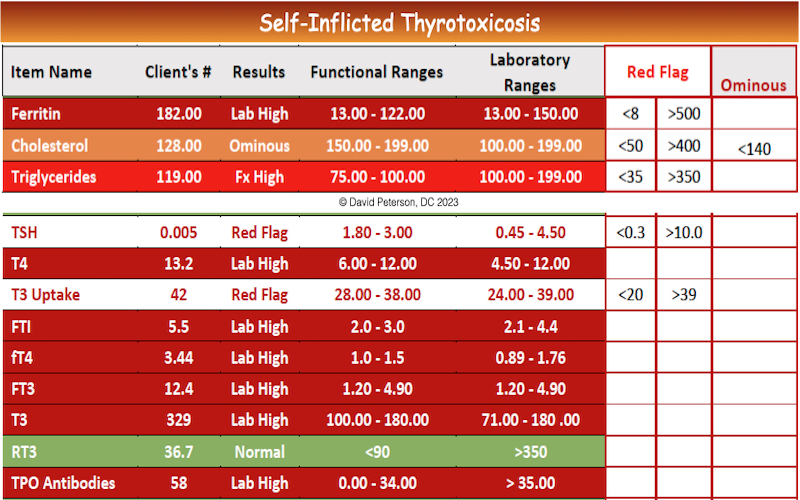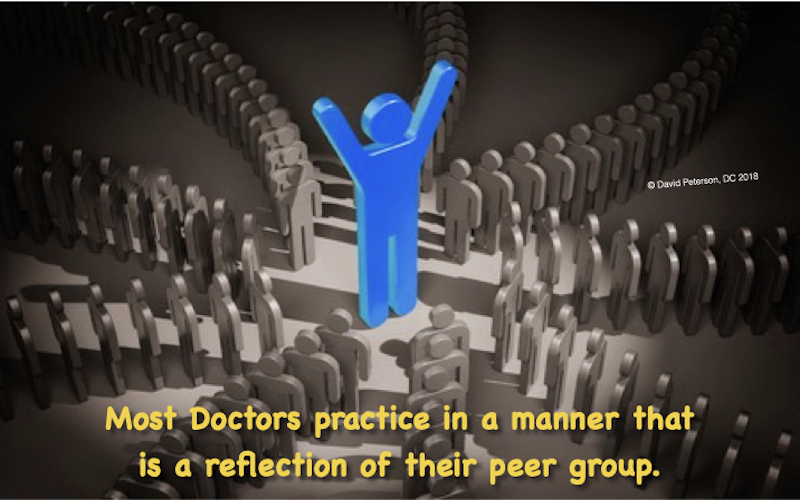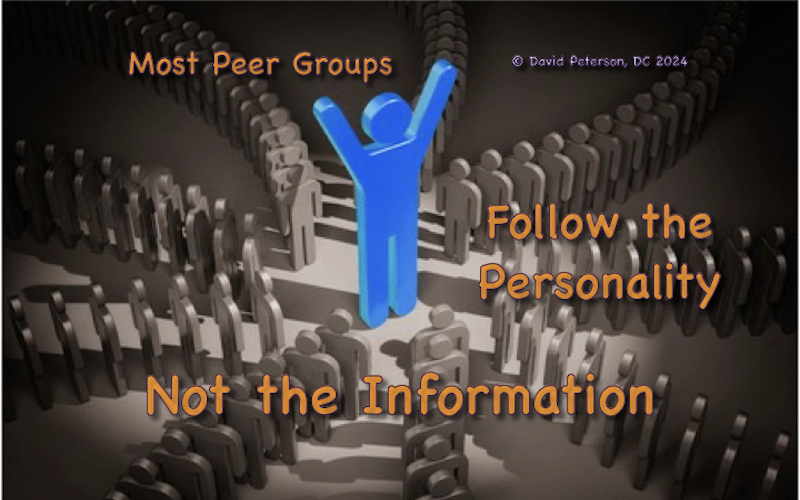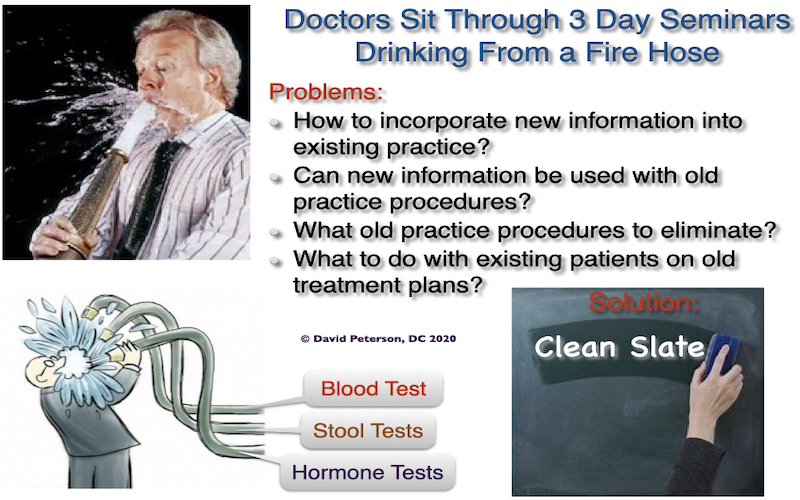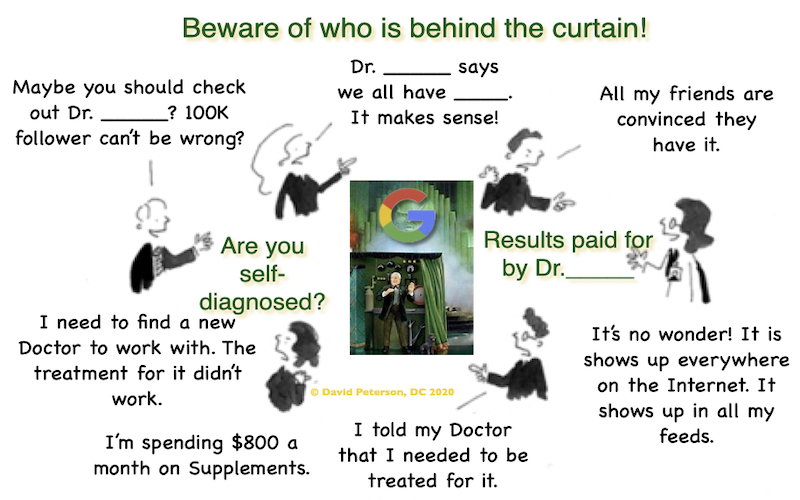Choosing the path of least resistance in diagnosing hypothyroidism over insulin resistance can occur for several reasons, but it’s important to note that each case is unique and influenced by various factors. Here are some potential reasons why healthcare professionals, including doctors and influencers, might lean towards diagnosing hypothyroidism over insulin resistance:
- Prevalence and Familiarity:
- Hypothyroidism is more widely recognized and understood among healthcare professionals compared to insulin resistance. Doctors have received more training and exposure to hypothyroidism during their seminars, medical education and clinical practice, making them more comfortable and confident in diagnosing it.
- Diagnostic Tests:
- The diagnostic tests for hypothyroidism, such as thyroid stimulating hormone (TSH) levels and thyroid hormone levels (T3 and T4), are relatively straightforward and widely available. In contrast, diagnosing insulin resistance often requires more specialized tests, such as fasting blood glucose levels, insulin levels, or a glucose tolerance test, which may not be routinely performed unless there’s a specific reason to suspect insulin resistance. Especially since people with pre-diabetes or insulin resistance can have low or normal blood sugars, if their high circulating insulin levels are further challenged by a prolonged period of fasting or dietary restriction, e.g. food allergy/sensitivities, Paleo, Keto, Vegan, Vegetarian, etc.
- Symptom Presentation:
- Some symptoms of hypothyroidism, such as fatigue, weight gain, and dry skin, are more commonly associated with hypothyroidism than insulin resistance. Healthcare professionals may be more inclined to attribute these symptoms to hypothyroidism based on their clinical experience and knowledge.
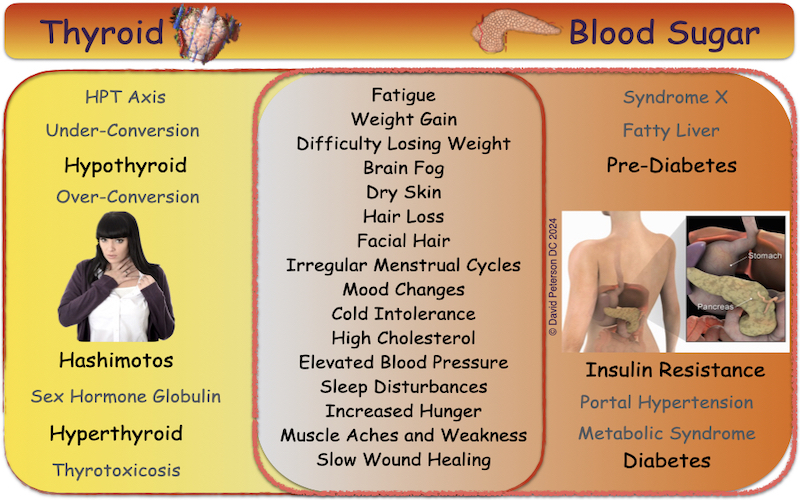
- Treatment Options:
- Hypothyroidism is typically managed with thyroid hormone replacement therapy, which is a well-established and effective treatment. In contrast, managing insulin resistance often involves lifestyle modifications (such as diet and exercise) and sometimes medications (such as metformin), which may require more intensive patient education and follow-up. In essence, diagnosing and managing Hypothyroidism is a delaying tactic to give Insulin Resistance time to develop into Diabetes. If it ever does. Most people will never develop full blown Diabetes. Follow the Money!
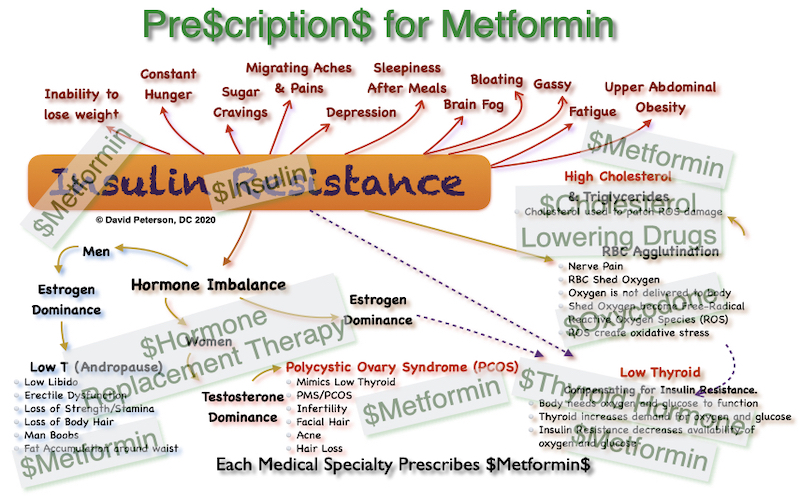
- Guidelines and Protocols:
- Clinical guidelines and protocols for diagnosing and managing hypothyroidism may be more standardized and readily available compared to those for insulin resistance. Healthcare professionals may be more likely to follow established guidelines in their practice, particularly if they are less familiar with the nuances of diagnosing insulin resistance. Most Doctors practice in a manner that is a direct reflection of the expectations of their peer group.
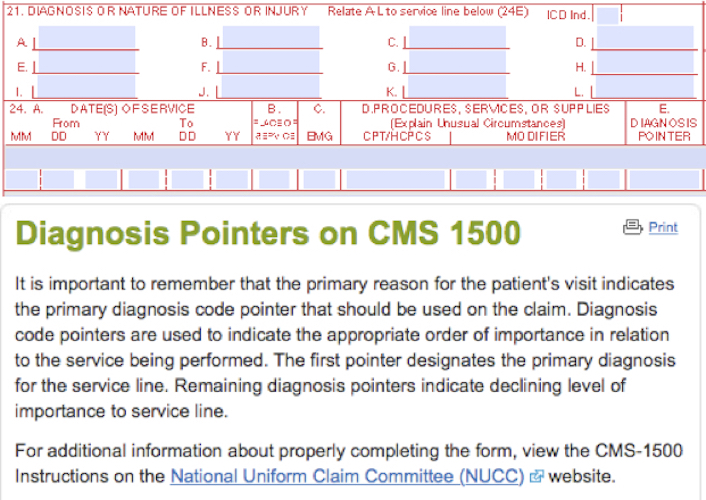
- Peer Influence and Confirmation Bias:
- Healthcare professionals may be influenced by their peers, medical literature, and clinical guidelines, which may prioritize certain conditions over others. Confirmation bias, where individuals seek information that confirms their preexisting beliefs, can also affect diagnostic decision-making. If a healthcare professional’s peers predominantly diagnose hypothyroidism, they may be more inclined to follow suit, potentially overlooking insulin resistance.
- Patient Expectations:
- Patients may also play a role in influencing healthcare professionals’ diagnostic decisions. Some patients may be more familiar with hypothyroidism and may specifically request thyroid testing if they suspect thyroid dysfunction based on their own research or experiences.
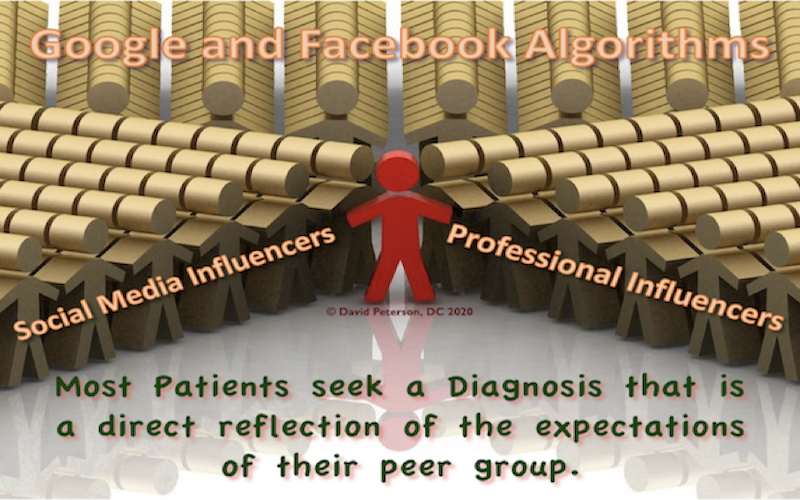
- Time Constraints:
- In busy clinical settings, healthcare professionals may have limited time to conduct thorough evaluations and may prioritize more straightforward diagnostic pathways, such as ordering thyroid function tests for patients presenting with ubiquitous signs and symptoms common to both Insulin Resistance and Hypothyroid symptoms.
- Cancel Culture:
- Regarding the influence of cancel culture, it’s crucial to recognize that the cancel culture of social and cultural phenomena now influences clinical decision-making in healthcare. While societal attitudes and pressures influence public discourse on health-related topics, such as body image or weight stigma, cancel culture itself is likely to directly impact diagnostic practices in healthcare settings.

Conclussion
While these factors may contribute to the tendency to diagnose hypothyroidism over insulin resistance, it’s essential for healthcare professionals and patients be free of any preconceived perceptions, being observant and open-minded and considering alternative explanations for patients’ symptoms, particularly if they are not responding to standard treatments for hypothyroidism. Collaboration between patients and healthcare providers, along with a comprehensive evaluation of symptoms and risk factors, can help ensure accurate diagnosis and appropriate management of both conditions.





